JAJSVR3C November 2013 – June 2024 UCC27524A-Q1
PRODUCTION DATA
6.8 Typical Characteristics
Unless otherwise specified, VDD=12 V, INx = 3.3 V, ENx = 3.3 V, TJ = 25°C, no load
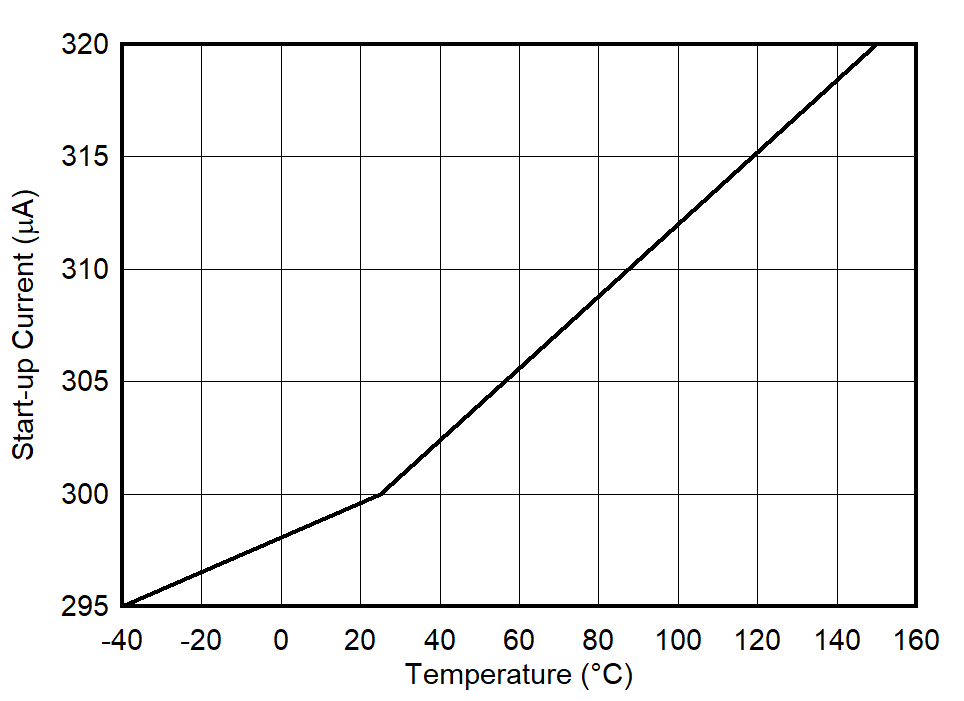


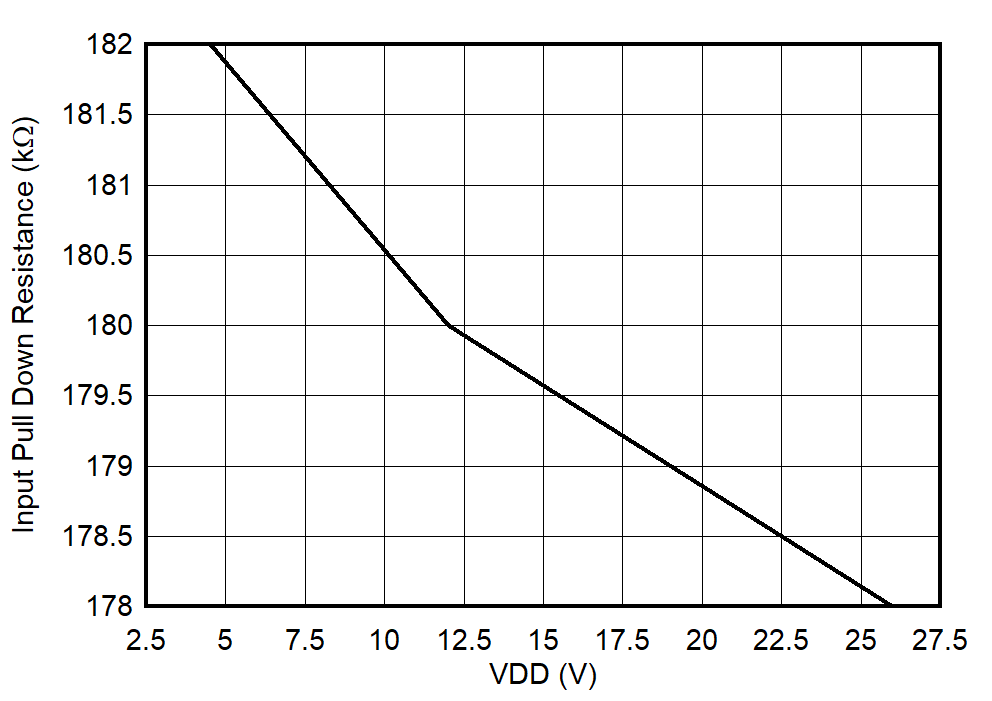
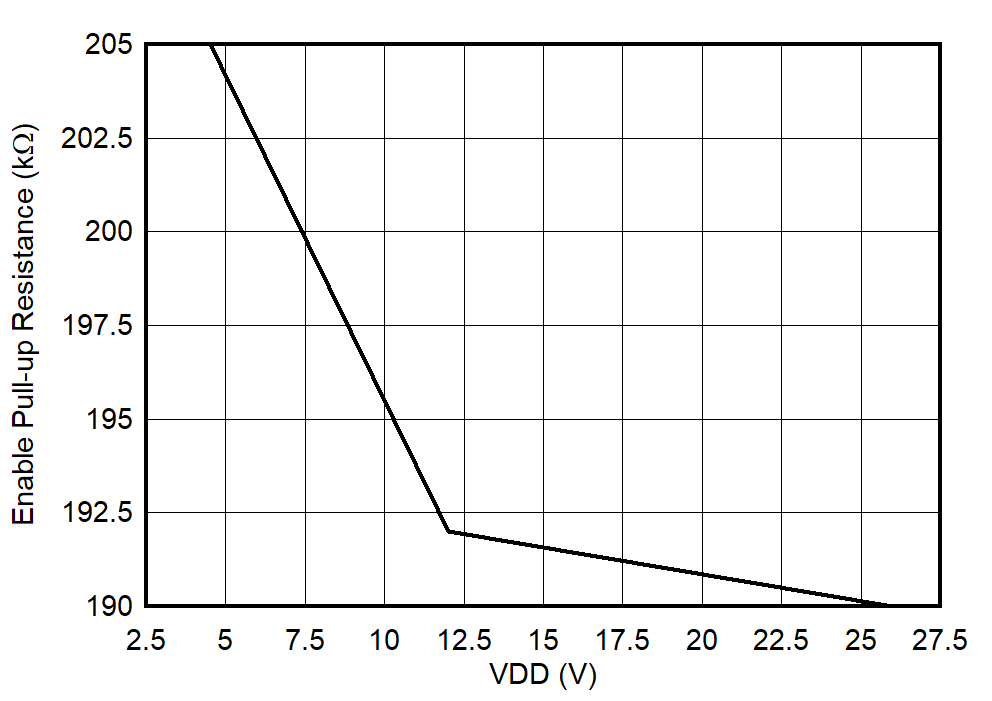
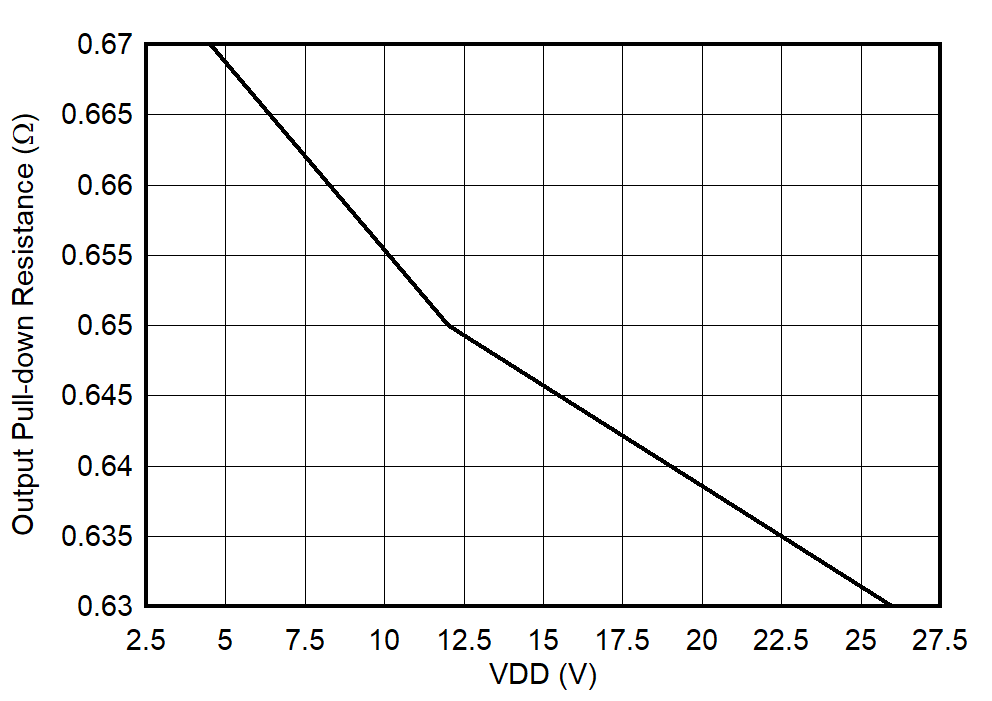
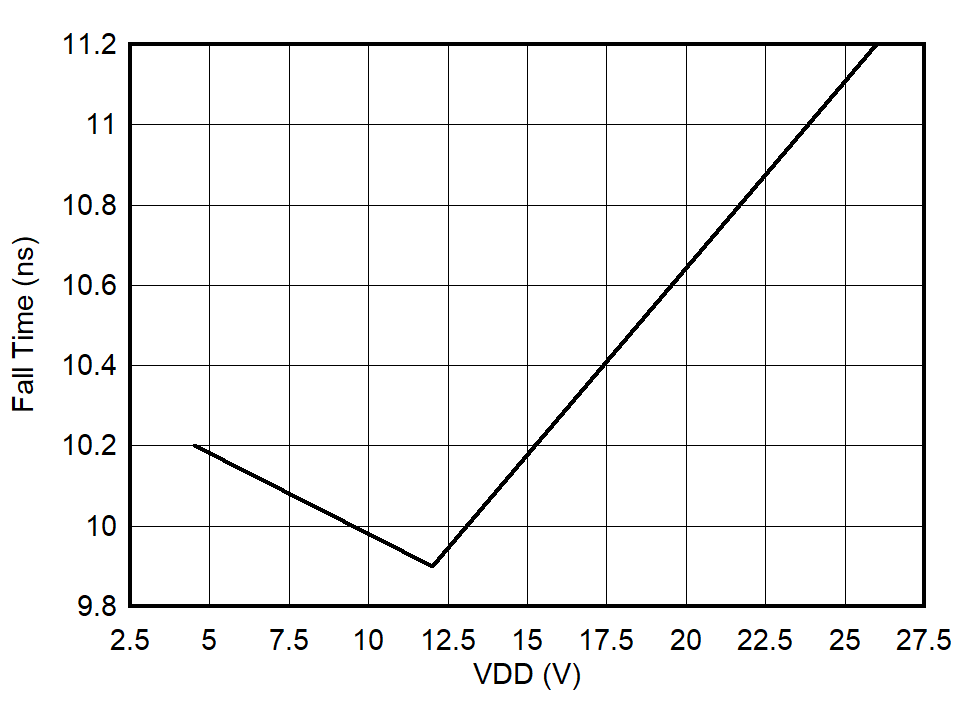
| CLOAD = 1.8 nF |

| CLOAD = 1.8 nF |
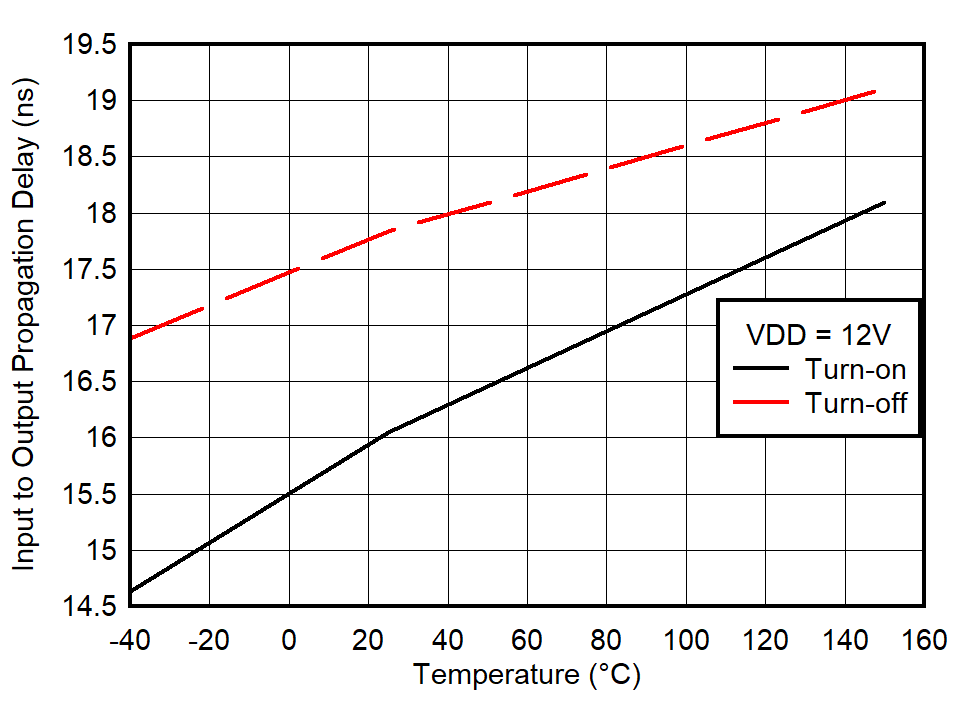
| CLOAD = 1.8 nF |
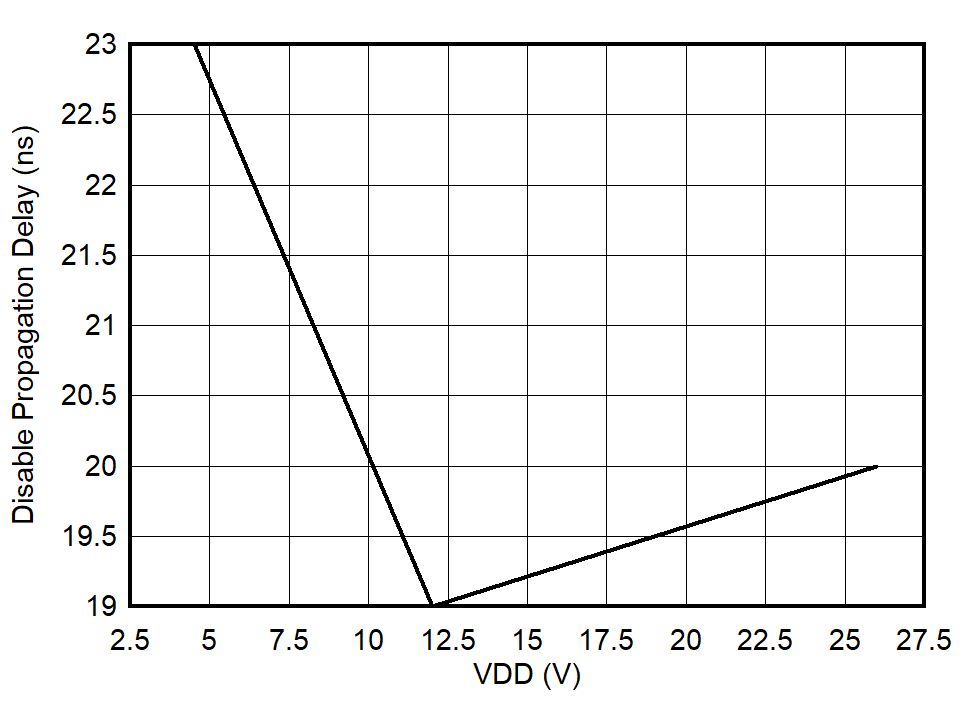
| CLOAD = 1.8 nF |



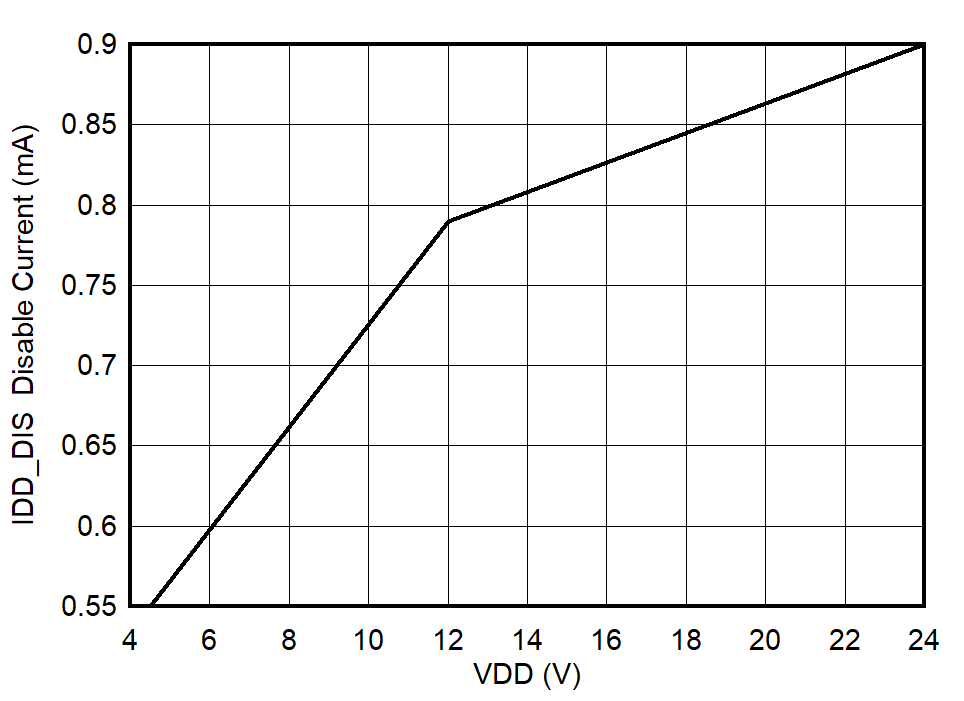


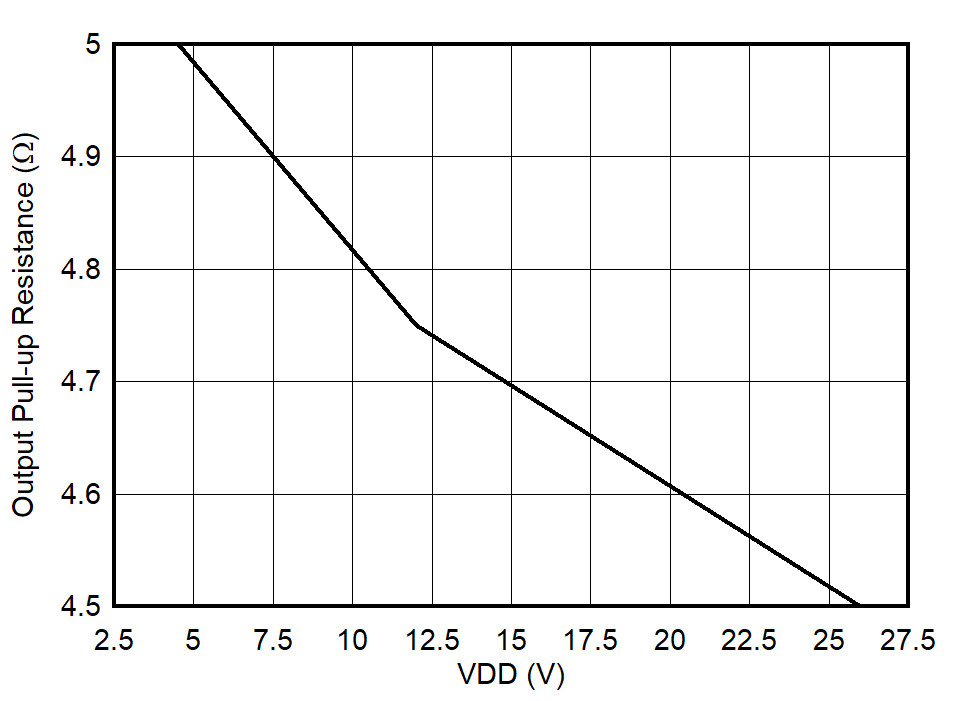
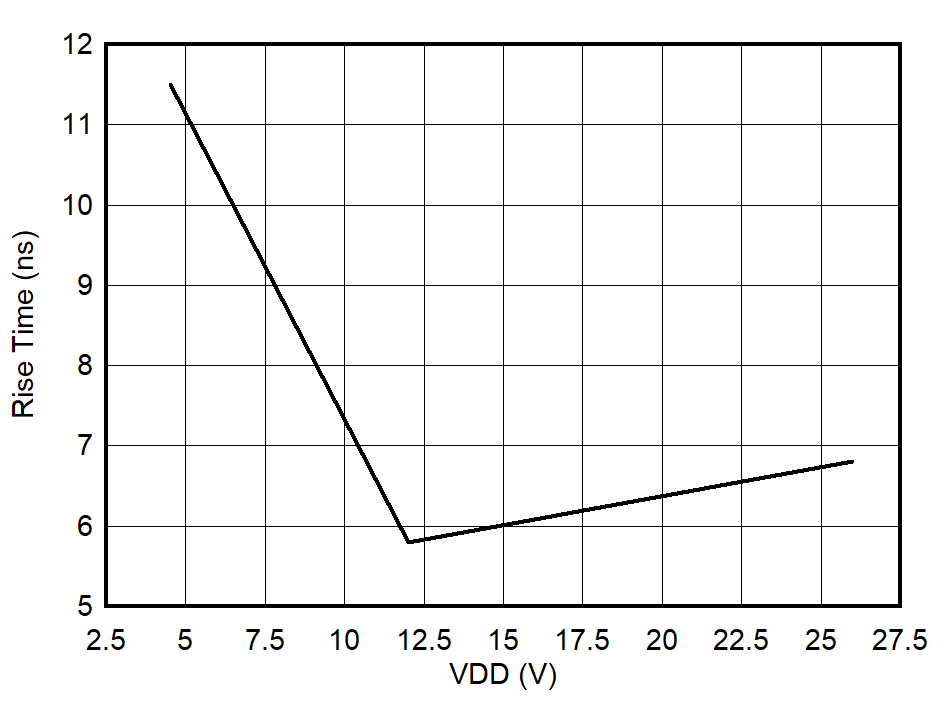
| CLOAD = 1.8 nF |
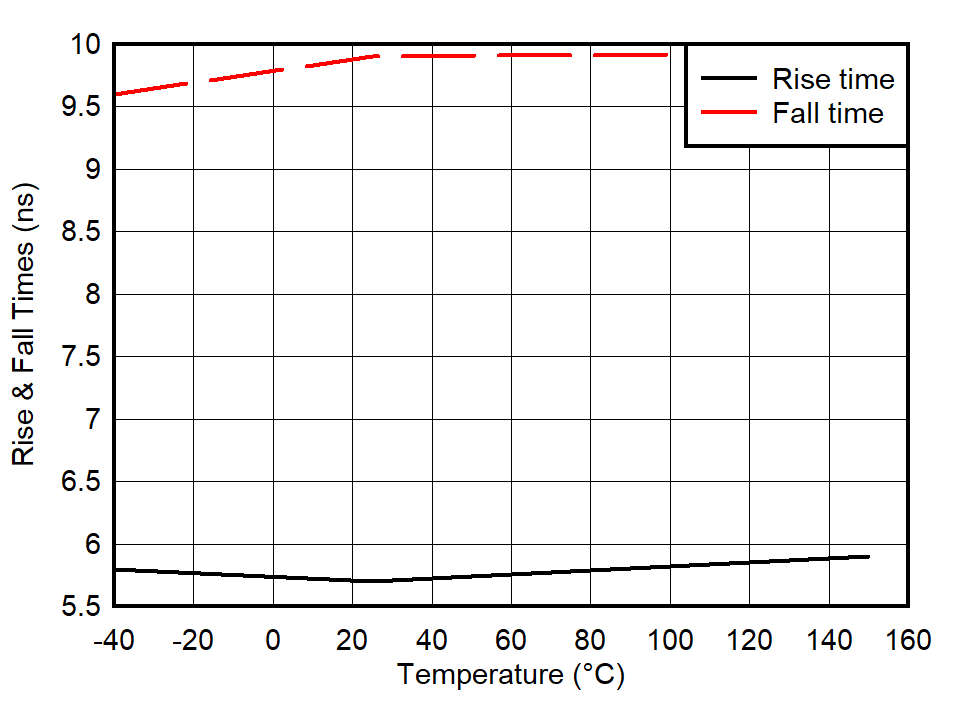
| CLOAD = 1.8 nF |

| CLOAD = 1.8 nF |

| CLOAD = 1.8 nF |

